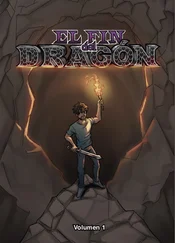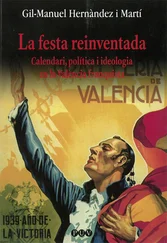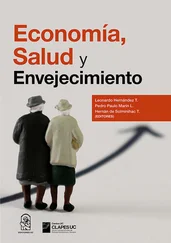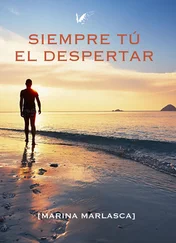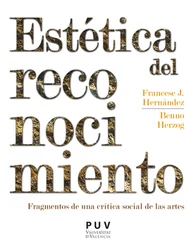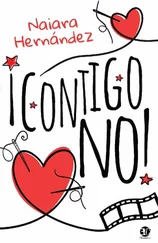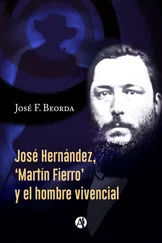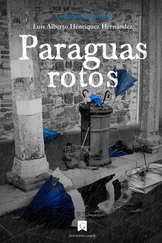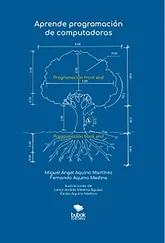For the fat woman listening to Vicente Rojo speak, the word solitude had occupied a large part of her mind over the past few months, ever since her husband told her he no longer wanted to be a part of her life. Solitude, in all these months, had consisted of not knowing what to do, of trying to control the electric tingles that she felt all over her body, and which pushed her into doing things without thinking. For the purposes of this story it doesn’t matter what the woman was thinking, but the fact is, it was that same woman who was taking notes, and I doubt whether she would have been able to understand the definition of solitude offered by the artist. She hadn’t chosen her solitude, and she was convinced that nothing good would come of it. Since her husband had abandoned her, her relationships with other people had become more complicated. This had even happened with her own daughter, from whom she felt increasingly distant. She had serious problems with communication. She had never felt comfortable in groups, and she had been diagnosed by more than one specialist with something like social phobia. Paradoxically, despite the diagnosis and the discomfort she felt around other people, she still hadn’t found a way to be comfortable in her solitude. It was society’s fault, or at least that’s what she told herself. It was because of human evolution, greed, capitalism, dictatorships, the Transition, envy, totalitarianism, Nazism, gluttony, the Khmer Rouge, General Franco, nationalism, mortal sins, communism, Pinochet, centrism, idealism… History had developed catastrophically, and when my generation came along, society was perverted and contaminated. We were asked to stop climate change (at school they showed us how to separate the rubbish to make recycling easier), but there was no certainty that we could do it.
Talking about all this with Vicente Rojo would have been very useful, because ultimately, he was going to be put on a pedestal in my essay. He probably had a few well-constructed sentences that would organise all these ideas jumbled together chaotically in the fat woman’s mind. And the artist had already shown himself to be very critical of culture and education in this country. Upon reflection, it’s quite probable that they did in fact discuss all this, because the woman is only capable of reflecting on these sorts of things when she is forced to because of a conversation with someone else. She knows that other people affect her — this is why she jotted ‘Need for new social order’ down in her notebook — but normally she considers these matters completely beyond the realm of action. When she worked as a journalist, her inability to form an opinion and make herself heard was a huge setback. Although it might appear contradictory, she failed because she was unable to voice an opinion and position herself in a profession that ought to be limited to recounting events objectively without mediating or conditioning them, contrasting them only with the words of others. This is why she sought a ‘new social order’, to give herself the opportunity to understand it from the outset, so that she could become involved and feel like she was part of something.
I have no doubt now that the woman spoke about all this with the artist, because in the notebook she wrote down questions that she herself could never ask. ‘A new order, but different how? If you don’t recognise the order/structure you are a part of (whether you like it or not), how can you know what you’re looking for, given it doesn’t exist? Does it really not exist, or are you just unaware of it? Or can it never exist because it responds only to a wish, a fantasy of yours, which is to say — your truth?’ I’m sick of searching, even passively, and I still haven’t found the place where I ought to feel comfortable in the existing order or structure. I believe that other people have not allowed me to develop. What happens to undeveloped potential? I was a smart girl with plans to do something interesting in life. In fact, I grew up thinking I had to do something worthy of the society I had grown up in. Perhaps Vicente Rojo was referring to this when he said it’s important to acknowledge ourselves and come to terms with our abilities and our limits. I was convinced that I was a smart girl who could do great things, but I was always waiting for someone else to tell me how and when.
It was an afternoon with many periods of silence. Vicente Rojo made it known he wished to finish up:
‘Do you think you have enough material now to write your interview? Or have you finally realised that it’s not worth wasting any more time on this?’
Right now, I’m imagining the response that someone capable of refocussing the situation back to the interview would have articulated. But the woman sitting at the table in the artist’s spotless studio just mumbled a few words that were barely audible when she tried to listen to them later on her recorder.
‘Of course it’s worth continuing. They’re very interested in publishing my article in the newspaper, I’ve told you that already.’
‘Then I’m just going to have to give you this painting and a few catalogues, where there are some splendid texts written by great friends that will be very helpful to you. Then you can go off and write your article about the only thing that matters, Vicente Rojo’s oeuvre, and you can forget all about my “visit to the city”, as you like to call it.’
‘But are you planning on staying long? I thought you had moved here. When are you staying until?’
‘I don’t think anybody’s interested in that, believe me. It’s getting late, and you have a charming daughter waiting for you at home, so I think it would be best if we left our chat at that. Don’t you agree?’
The woman is confused. There are still many topics they haven’t discussed. In some of the articles she’s read online, critics described Vicente Rojo’s paintings as full of vibrations. When she read those articles, she finally understood what she’d once been taught about light and colour being vibrations. But she has doubts over what all that material means. She likes to think that while she converses with the man before her, nothing bad can happen. It’s as if she could live through him and his words, as if she could become a part of the artist’s life, as if some small part of everything he has said had actually happened to her.
She tells the artist that, obviously, she doesn’t wish to disturb him any longer, that she’s taken advantage of his generosity, but that she can’t quite wrap up the interview without asking a final question that she considers transcendental.
‘You haven’t disturbed me, but I do think we’ve spoken too much. If you insist, I have no problems answering a final question, but we do need to wrap things up.’
The woman poses her question:
‘Many critics claim your paintings feature the vibrations of material. What do you make of that? How would you define material?’
The artist clears his throat and sighs. He gives the woman a tired look, and after a few moments, begins talking once more. Each time she poses a question, he considers his response before answering, so that he can build a logical discourse of sentences with beginnings and endings that form coherent statements. Vicente Rojo answers the final question, but the fat woman is no longer listening. I don’t remember what he said, but in the notebook there are statements I will have to rely upon not only for the article about the artist, but also for the essay I want to write. There’s also the recording of the conversation, but I’m too embarrassed to listen to it, so I’m just counting on the disparate and sometimes unintelligible comments I wrote.
The artist answered my question about material. He said that in effect, he was interested in how painting could cease to be merely a vehicle for expressing meaning, and become an object in itself. Painting in itself. The artist no longer wishes to copy from the reality he sees, but instead wishes to create a new reality, one that would be much truer. He said that no one could explain this better than his friend Juan García Ponce. Painting, with its textures and volume, could become a volcano, a desert, rain falling over a landscape. This is how it can produce an absolute identification between what is seen, what can be perceived by the other senses, and other invisible truths. The purpose (the responsibility) of an artist is to place a hitherto hidden truth in front of the eyes of the beholder. Material is reality, but each person perceives it differently. Everything is material. We are material, and even schoolchildren know (maybe the students at my daughter’s school didn’t know, nor those who have never heard the name Max Aub) that material can never be destroyed. It remains, because it is eternal. It simply changes. It changes in Vicente Rojo’s paintings: always the same painting, always so different and surprising. It’s always the same material. This is why death does not exist, it’s simply one more transformation.
Читать дальше

